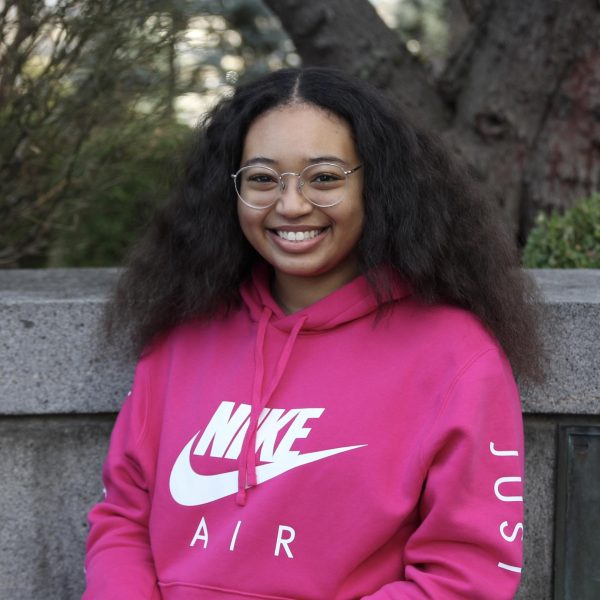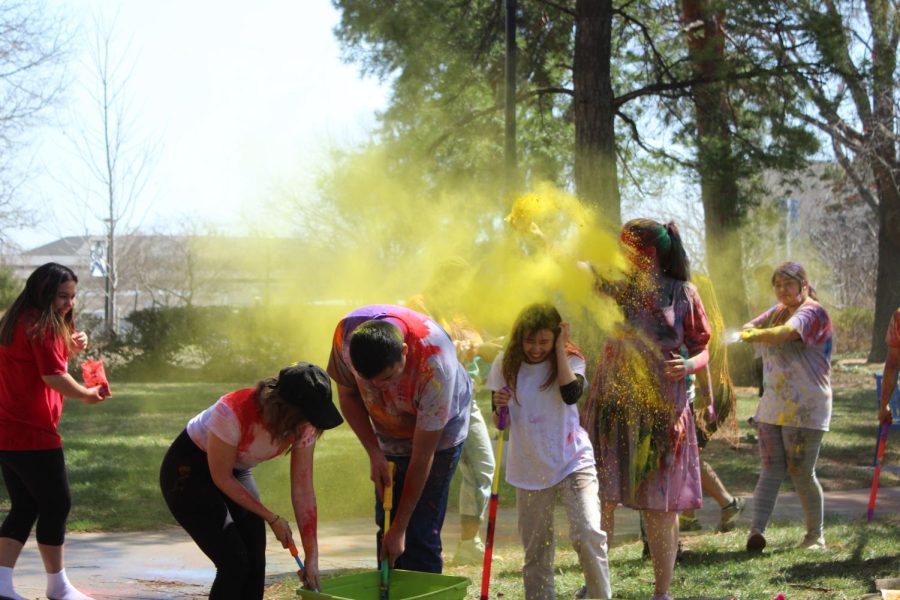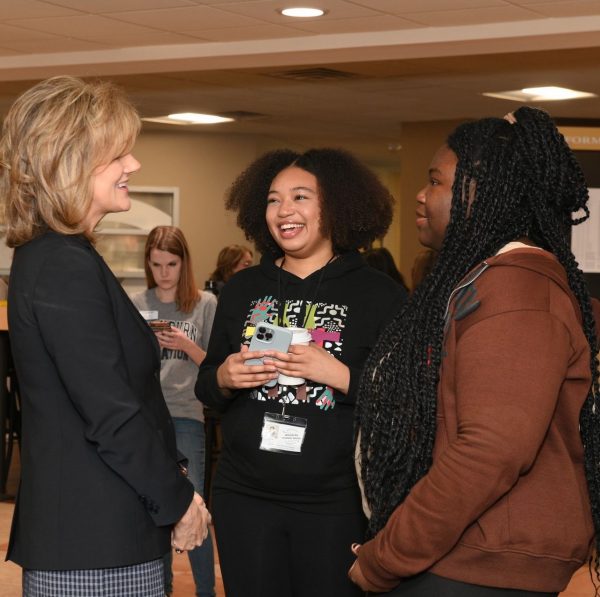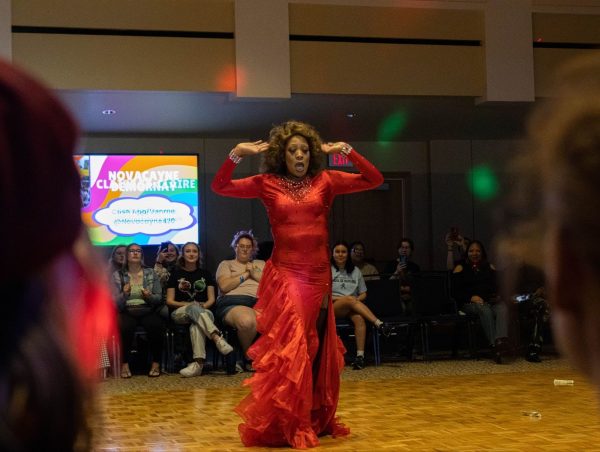Holi Festival comes to Topeka
On Saturday, March 26, Washburn University’s International Club hosted a festival where people from different cultures came together in celebration of Holi, a popular ancient Hindu festival originating in the Indian subcontinent that celebrates the arrival of spring.It is one of the most popular festivals in Nepal and is also known as “Fagu Purnima”. According to the Hindu lunar calendar and normally falls on Purnima, the day of the full moon, between the end of February and middle of March. This holiday also signifies the victory of good over evil and is acknowledged as a day of happiness, hope and new beginnings.
“I love to provide something fun for international students and learn about other cultures,” said Junnosuke Saito, presidential ambassador for international students.
To kick off the festival, everyone gathered at the University United Methodist Church for fellowship and food. The lunch consisted of a traditional Nepali dish, dal bhat tarkari, which comprises lentils (dal), rice (bhat) and mixed vegetables or curry (tarkari).
After lunch, the group made their way to the International House for the throwing of colors and water balloon fight. During this festival, people throw colored powder at one another that reflects the bright colors of spring. Furthermore, each color holds its own meaning. For example, green represents new beginnings, while red means love.
For the remainder of the festival, students, friends and family dashed across the field to splash one another with beautiful colors and heavy balloons. At the end, most of them were soaked in water, covered with colorful powder and with smiles on their faces from the joyous event.
“It was a fun event that really brought this festival to life in a way I’ve never really experienced before. I learned a lot and I’m excited for the next one,” said Natalia Soto, a photography major from Emporia State University.
Edited by: Glorianna Noland, Simran Shrestha
Your donation will support the student journalists of Washburn University. Your contribution will allow us to purchase equipment and cover our annual website hosting costs.









